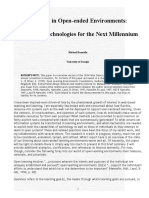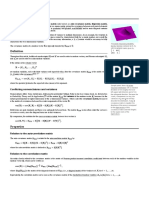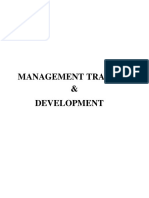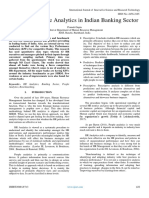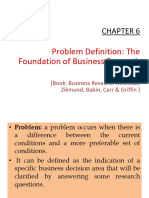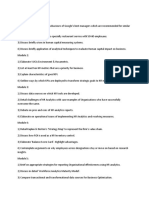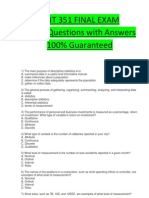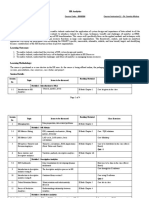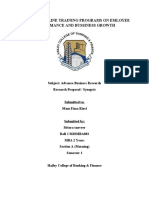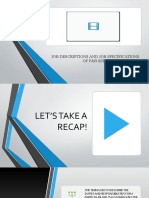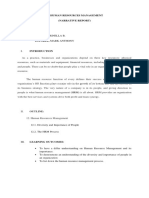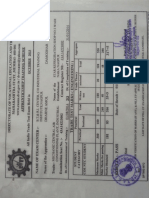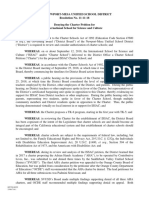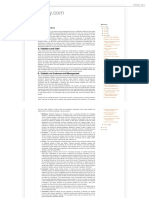100% found this document useful (1 vote)
145 views16 pagesIntroduction To Human Resource Metrics
The document discusses the importance of human resource metrics for Amanda, the HR manager of Allied Manufacturing. HR metrics can justify the expenses of the HR department and demonstrate its value to the organization. There are three types of HR metrics that measure the effectiveness and efficiency of the HR function and employees. Key HR metrics include cost per hire, turnover, absence, job satisfaction, performance, and training expenses per employee. These metrics help HR improve processes like recruitment, retention, and training.
Uploaded by
Abhijit SahaCopyright
© © All Rights Reserved
We take content rights seriously. If you suspect this is your content, claim it here.
Available Formats
Download as PDF, TXT or read online on Scribd
100% found this document useful (1 vote)
145 views16 pagesIntroduction To Human Resource Metrics
The document discusses the importance of human resource metrics for Amanda, the HR manager of Allied Manufacturing. HR metrics can justify the expenses of the HR department and demonstrate its value to the organization. There are three types of HR metrics that measure the effectiveness and efficiency of the HR function and employees. Key HR metrics include cost per hire, turnover, absence, job satisfaction, performance, and training expenses per employee. These metrics help HR improve processes like recruitment, retention, and training.
Uploaded by
Abhijit SahaCopyright
© © All Rights Reserved
We take content rights seriously. If you suspect this is your content, claim it here.
Available Formats
Download as PDF, TXT or read online on Scribd
/ 16




